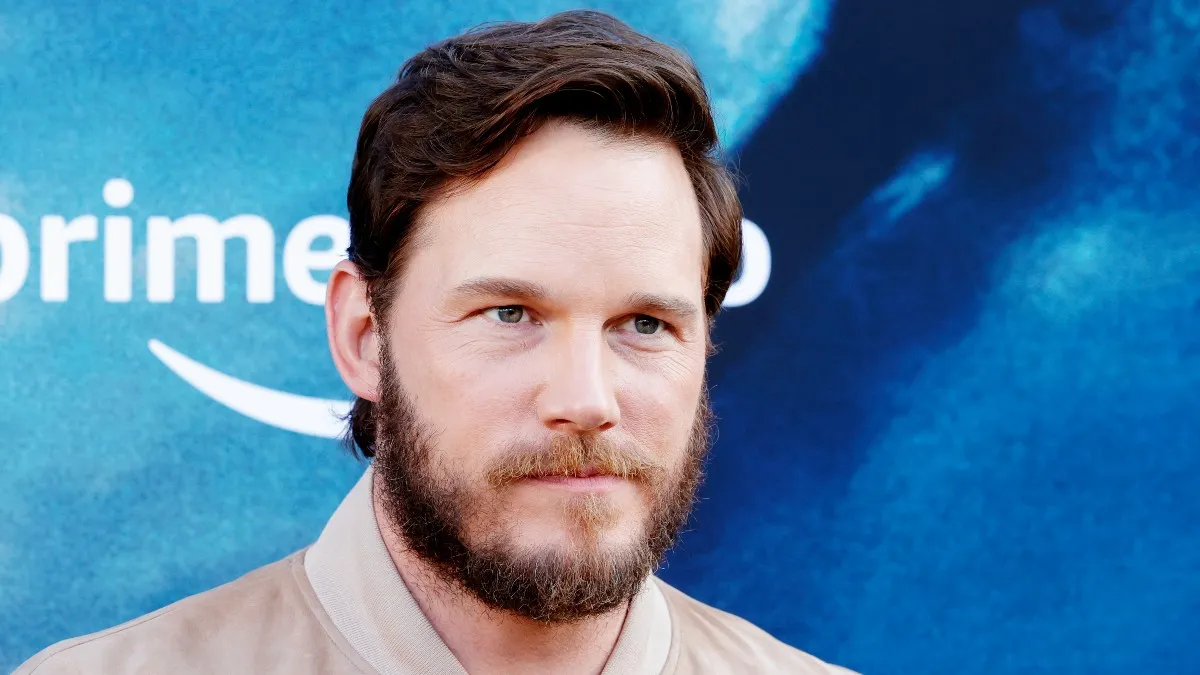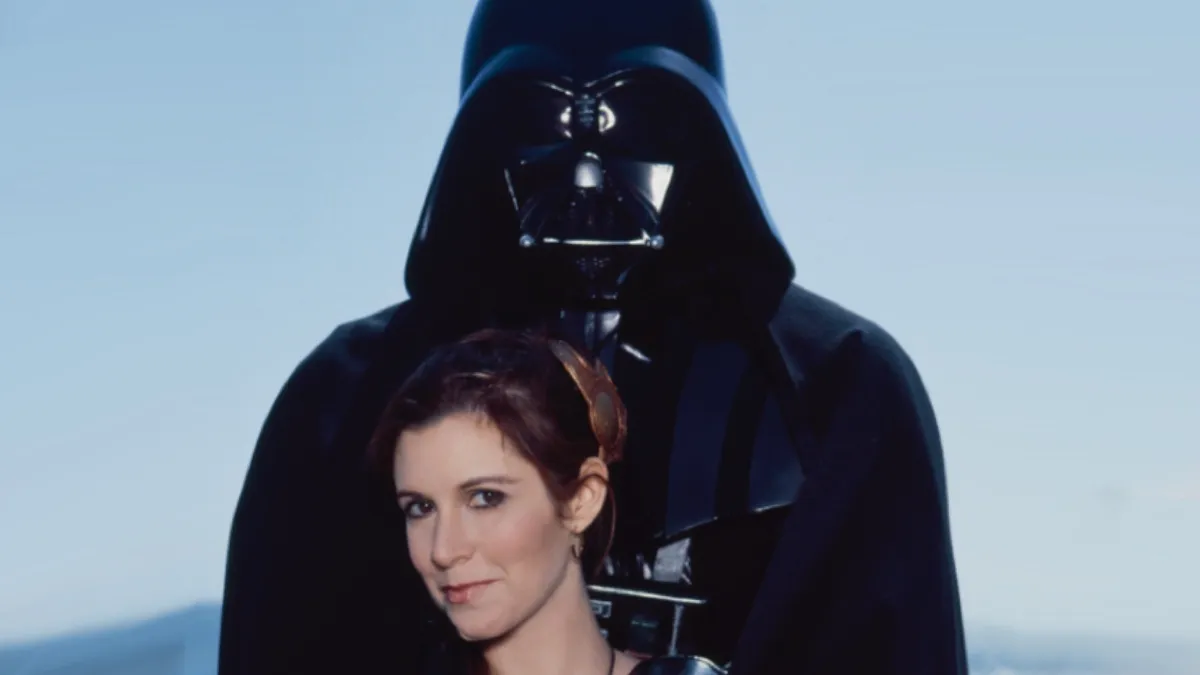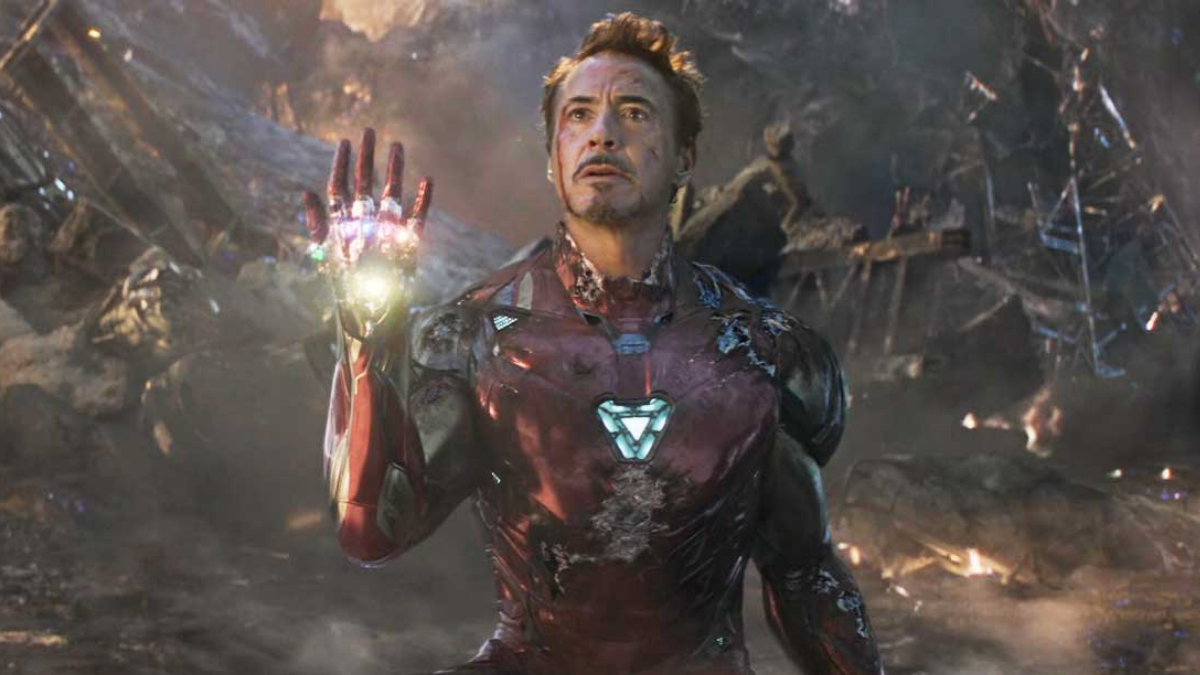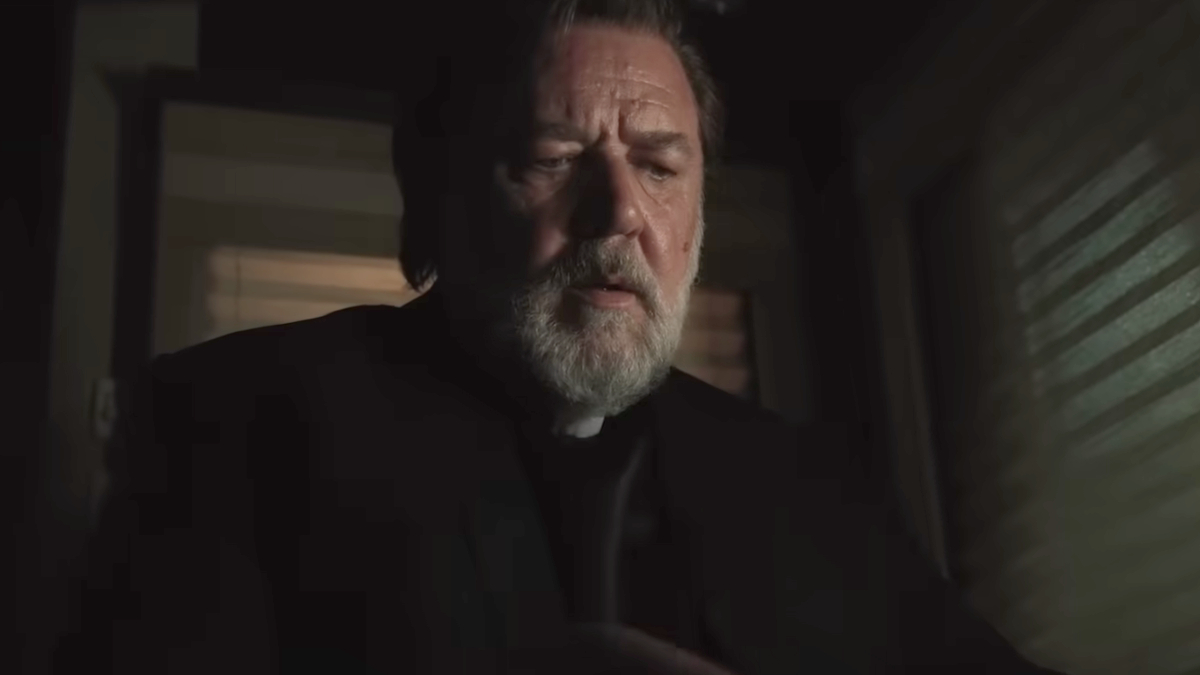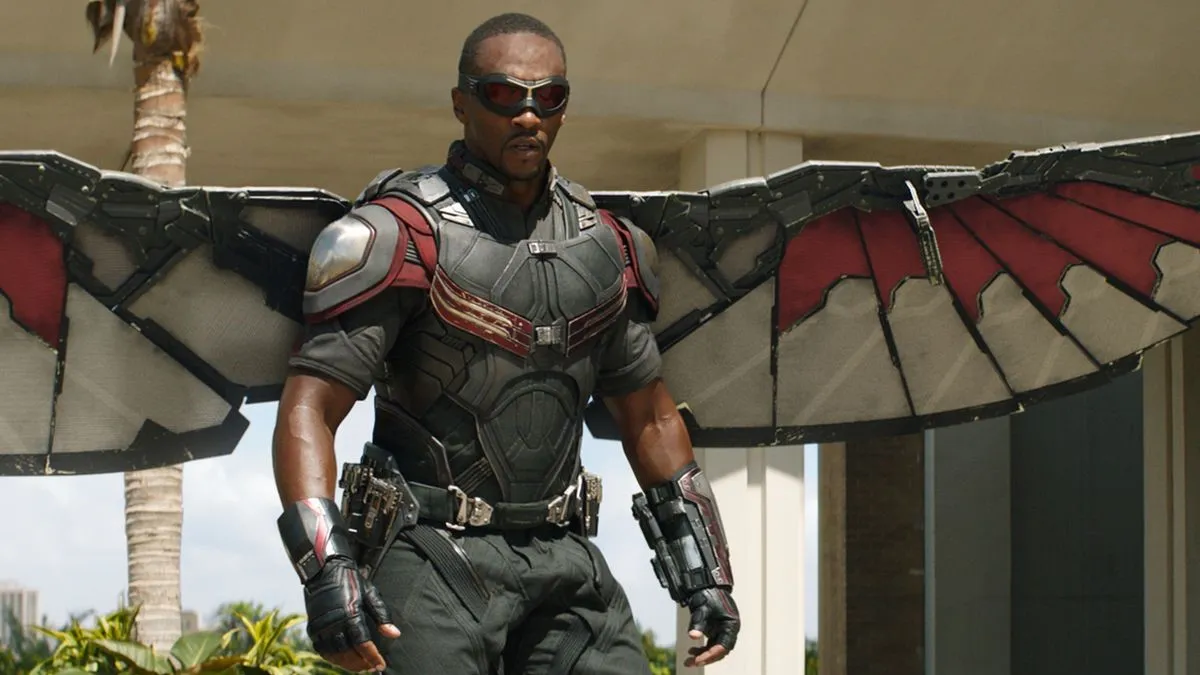Lars Klevberg’s Child’s Play strips Don Mancini’s voodoo creation of his serial killer soul, replaces it with tampered A.I. programming, and “reimagines” a wholly new genre sandbox. For better, for worse, Kaslan Industries’ cloud-based Buddi dolls introduce a Chucky 2.0 with the same denim overalls, same “ginger” hair, but altogether different creative approach. One that begins as an outright loner comedy then digresses into rudimentary blood-and-guts slasher territory.
Child’s Play is a bizarre combination of Bear McCreary’s vinyl-worthy “toy orchestra” score, Tyler Burton Smith’s wonkily coincidence-based screenplay, death sequences of the highest ick-factor, and so much more – but what’s it all make? A procedurally rigid Child’s Play that doesn’t scare, only shocks through intermittent violence, and begs the question of why this had to be a Chucky reboot in the first place (marketability, I know).
Gabriel Bateman steps in as an older iteration of Andy Barclay, a new-in-town outsider who struggles to find friendship. Mother Karen (Aubrey Plaza) listens to customer complaints all day at her Zedmart job, where she happens to come upon a “defective” returned Buddi doll. She takes it home as an early birthday present for Andy, hoping it’ll smooth his transition. Buddi gets plugged in, synchronized with all of Andy’s Kaslan products, and despite Andy trying to name his new friend “Han Solo,” the doll names itself: “Chucky!” Anywhere Andy goes, Chucky follows, which only spells trouble once Andy’s darkest thoughts start becoming deadly realities.
Child’s Play will divide audiences based on one glaring factor: Chucky himself. His Alita: Battle Angel-lookin’ face, at times, reminds of a rejected muppet with zero emotive qualities. Mechanical triggers and connectors make for robotic motions given Chucky’s wired backstory, a supercomputer whose safety precautions are disabled. Unfortunately, this drains Child’s Play of any and all terror – but what’s even worse is Klevberg’s inability to sell puppeteering.
Chucky 2.0’s animatronic movements clunkily flail around without control when minimal ranges of motion are required, and over-polished CGI takes over once aggressive Act III attacks persist. No magic, no immersive illusions, and less convincing in terms of “living puppets” than a Jeff Dunham comedy special. If, like me, you’re unimpressed by Chucky 2.0, know that ongoing exposure does Kaslan’s Buddi no favors.
Klevberg’s at his best when Chucky’s still an inquisitive early-stages best friend. Mark Hamill provides a soft, after-school special voice that leans into humorous learning experiences as Andy instructs Chucky. His catchphrase, “Are we having fun now?,” might be an oddly close rip from Party Down’s catchphrase (“Are we having fun yet?”), but it’s a prime example of Hamill’s ability to evoke childhood innocence through vocal tones. Chucky’s not “born” malicious, and that’s when the film flexes strength.
Poor sweet, misunderstood Chucky trying desperately to please his retina-scanned master “Andy Sup” (Chucky asks Andy his name, who responds “Andy, sup?”). You might even feel puppy-dog-eyed sympathy upon glimpsing “Sad Chucky,” after a closeted time out. It’s not Chucky’s fault some factory worker deletes all of Kaslan’s protective coding – it’s Andy and Pugg (Ty Consiglio) cackling at Chop-Top’s violence while watching The Texas Chainsaw Massacre 2.
Yes. Our enjoyment of horror movies is to blame for Chucky’s killing spree. Sigh.
Slasher storytelling quickly falters in Child’s Play, given Smith’s reliance on wince-worthy tropes. Karen’s boyfriend Shane (David Lewis) plays the asshole card every chance he gets, taunting Andy after sexing his mother to an abrasive degree. Chucky’s actions to frame Andy as “The Boy Who Cried Murderous Plaything” execute with laughable ease. Male characters are 99% abusive, controlling, cheating scum buckets.
Hateable characters are designed to die hard, but Chucky’s primary motivation of “playtime with Andy” is ignored whenever death needs to spice up pacing. Why does pervy maintenance man Gabe (Trent Redekop) die for slapping Humpty Chucky back together again? Nothing about this repetitive warning against A.I. pushes past formulaic setups, which is a significant disappointment given how every Chucky film prior boasts its villain’s unique personality.
There’s plenty to appreciate about Klevberg’s slaughter elements and the warming screen-bright hues that scenes optically employ (Poltergeist whites, digital blues), which may be enough to please fans of nothing but laughs or gore. I’m not quite sure why one death involves Christmas lights (not during Christmastime), a backyard watermelon patch and a lawnmower, but I’m appreciative of the smushy outcome. Riddle me why you’d hop atop a table circular saw to avoid danger, but I’ll take the appendage removal that follows. Drones slice flesh, Buddi V.2 dolls in various forms (including “Bear”) may come into play, and carnage is critical.
Rated on kills alone, Child’s Play gets a passing grade.
Frustratingly though, there’s more to the film that unnecessarily drags. Aubrey Plaza and Brian Tyree Henry are non-factors as token plot-pushers, the latter portraying Detective Mike Norris. Bateman’s hearing-impaired Andy shares some genuine comedic chops with Hamill’s Chucky, but pushes hard into “kids will be kids” acting alongside Ty Consiglio and Beatrice Kitsos. Performances, on the whole, never feel genuine. Even with Chucky’s limited range of emotional expression, he’s still the most emphatic cast member on screen at times.
Child’s Play is its funniest when it shouldn’t be, unsuccessfully frightful, and never the Mr. Robot diversion that Chucky 2.0 deserves. You’ll glimpse slight homages down to lightning bolts during the film’s opening scene reminiscent to 1989’s theatrical Child’s Play poster, but 2019’s update feels like a product that misunderstands what’s so special about Don Mancini’s knee-high monster. Lars Klevberg doesn’t boast distinct signatures throughout Child’s Play, making a somewhat hamstrung slasher even more uninteresting through relative blandness.
Act III’s “Buddy 2” launch, for example, promises department store anarchy but underwhelmingly favors drone horror over a killer doll apocalypse (drone horror is nothing new by the way thanks to The Drone or Leprechaun Returns). There’s still only one Chucky in my book, as Hollywood’s “new best friend” is on the fritz from stage one. Comparisons to existing material aside, 2019’s Child’s Play fails itself as a horror film minus said “horror.” For the first time in a long time, no, Chucky – I wouldn’t like to play.



